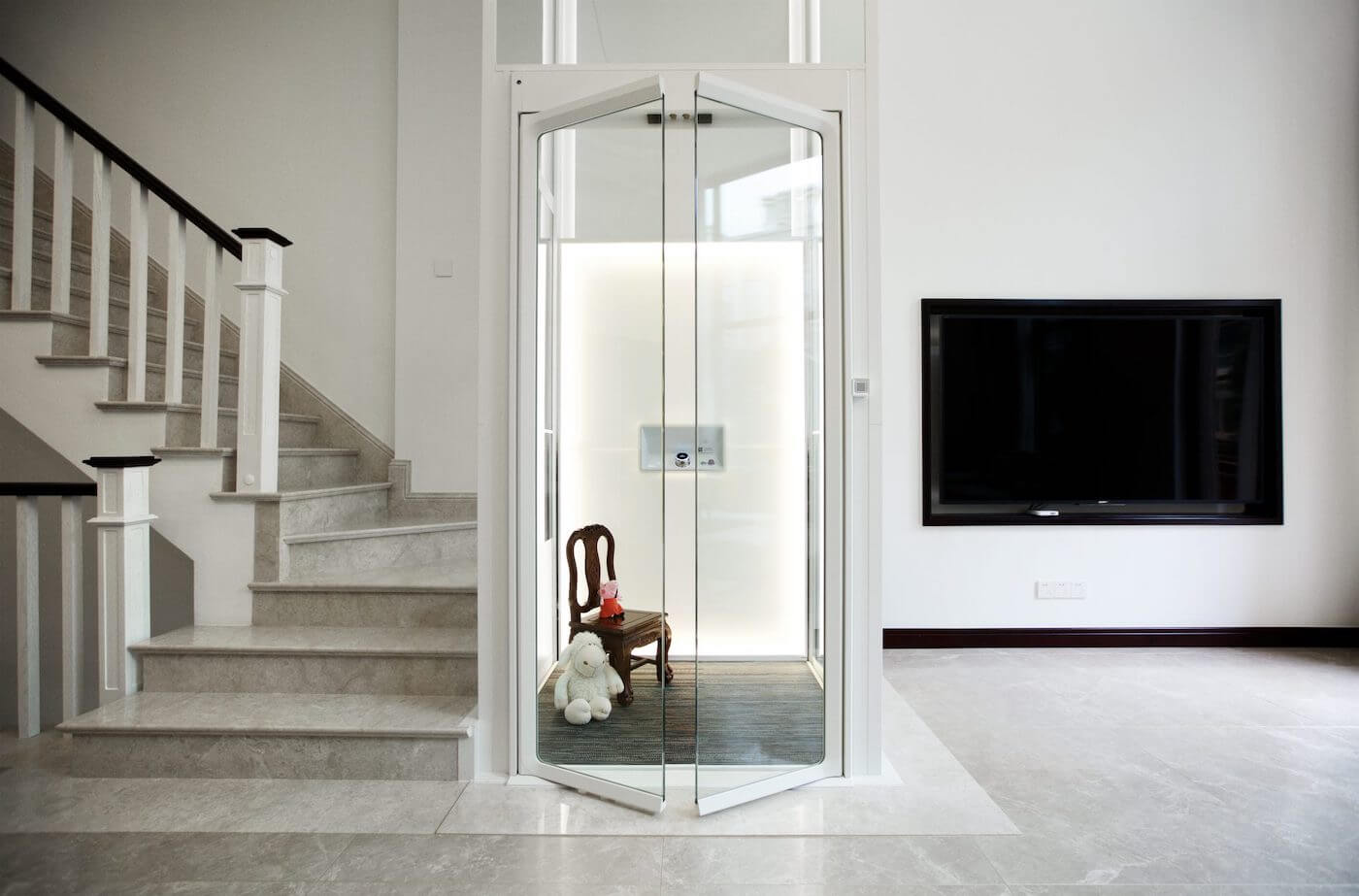Looking Into the Globe of Elevators: Typical Problems Faced by Numerous Lift Mechanisms
As we navigate through the vertical transport systems of modern-day structures, elevators stand out as an important part of our daily lives. From hydraulic elevators to traction systems and machine-room-less designs, each lift type comes with its collection of usual problems.
Hydraulic Elevators
Hydraulic elevators, frequently chosen for low-rise structures, make use of fluid pressure to control the movement of the elevator automobile (lift repair companies). This device entails a hydraulic pump pressing oil right into a cylinder, triggering the lift to move in the preferred direction. While hydraulic elevators are understood for their peaceful and smooth operation, they do include their own set of common issues
One prevalent problem with hydraulic lifts is oil leak. The seals in the hydraulic system can wear gradually, resulting in oil seepage. This not only develops a mess however can additionally influence the lift's efficiency if left unaddressed. Additionally, issues with the control system, such as faulty shutoffs or a malfunctioning pump, can create interruptions in the lift's activity.
Normal maintenance and punctual repair work are important to make certain the smooth functioning of hydraulic elevators. By dealing with these usual concerns proactively, building owners can decrease downtime and make sure the security and effectiveness of their vertical transportation system.
Grip Lifts
When thinking about vertical transportation systems in structures, one more usual kind aside from hydraulic lifts is the traction elevator. Grip elevators operate utilizing a system of ropes and counterweights that move the lift vehicle by clutching onto the hoist ropes. This system permits smoother and much faster vertical transport contrasted to hydraulic systems.
One of the typical issues encountered by traction lifts is rope wear. The constant movement of the ropes within the grip system can bring about deterioration over time, potentially triggering the elevator to breakdown or come to be risky for usage. Regular examinations and maintenance of the ropes are essential to make sure the elevator's appropriate functioning and safety.
One more issue that traction elevators might encounter is associated to the control system. Troubles with the control system can lead to problems such as irregular activity, delays in action times, or also complete shutdowns. Routine screening and upkeep of the control system are vital to prevent such problems and ensure the elevator's integrity.
Machine-Room-Less (MRL) Lifts

One of the key elements of MRL lifts is the portable gearless traction maker that is installed within the hoistway. This machine effectively drives the elevator auto without the requirement for bulky devices located in traditional grip elevators. In addition, MRL elevators commonly make use of a counterweight system to balance the auto, further enhancing their power efficiency.
Regardless of their advantages, MRL lifts might encounter challenges associated to upkeep and repair service as a result of the constrained room for equipment setup. Availability for servicing parts within the shaft can be restricted, requiring specialized training for specialists. Appropriate upkeep timetables and normal inspections are important to make sure the ongoing smooth procedure he said of MRL lifts.
Overloading and Weight Restriction Issues
Straining and weight limit concerns are crucial concerns in elevator procedures. Elevator manufacturers layout raises with specific weight capabilities to guarantee guest safety and tools long life.
When lifts are overloaded, it puts too much stress on the electric motor, wires, and various other components, possibly creating malfunctions or failures. If they identify excess weight, safety and security systems such as sensors and overload sensing units are in location to avoid elevators from relocating. Furthermore, exceeding weight limitations can lead to boosted energy usage and deterioration on the lift system.
To reduce overloading issues, constructing managers must discover this prominently show weight limits in elevators and enlighten residents on the significance of sticking to these constraints - lift repair companies. Routine upkeep checks by qualified service technicians can also aid guarantee that lifts are operating within risk-free weight criteria. By dealing with overloading and weight limit concerns proactively, building owners can boost lift safety and effectiveness
Electric System Failures
Exceeding weight restrictions in elevators can not only lead to mechanical concerns but likewise possibly add to electric system failures within the lift framework. Electric system failures are an essential concern in elevator operation, as they can This Site trigger unanticipated closures, malfunctions, or even safety risks. One typical electric concern is the getting too hot of parts due to excessive current flow triggered by overwhelming the elevator past its capacity. This can result in damage to the electric motor, control, or circuitry systems, causing expensive repair services and downtime.
Moreover, power surges or variations in the electric supply can additionally interrupt the elevator's operation, impacting its performance and safety. These electrical disruptions can harm delicate elevator elements such as control panels, circuit boards, or sensing units, causing system failings. Regular maintenance and examinations are essential to identify and resolve prospective electrical concerns quickly, ensuring the reliable and risk-free operation of lift systems. By adhering to weight restrictions and conducting regular electrical system checks, structure owners can minimize the danger of electric failures in lifts.
Final Thought

Hydraulic lifts, typically chosen for low-rise buildings, make use of fluid pressure to control the movement of the lift vehicle.When considering upright transportation systems in buildings, an additional typical type apart from hydraulic lifts is the traction lift. Grip elevators run utilizing a system of ropes and counterweights that relocate the lift auto by grasping onto the hoist ropes. Unlike traditional elevators that need a different device area to house the devices, MRL elevators integrate many of the parts within the shaft, getting rid of the demand for a committed maker space.In verdict, lifts deal with usual problems such as hydraulic breakdowns, traction system failings, and electrical system problems.